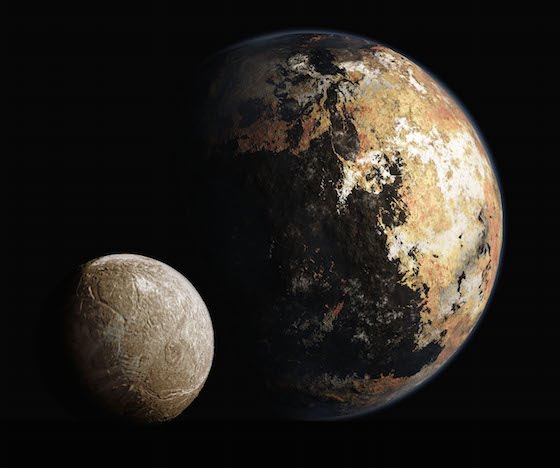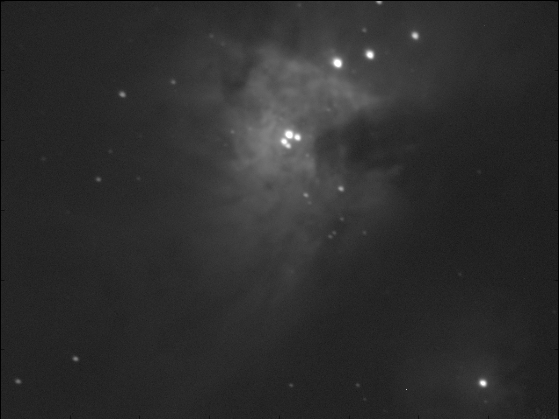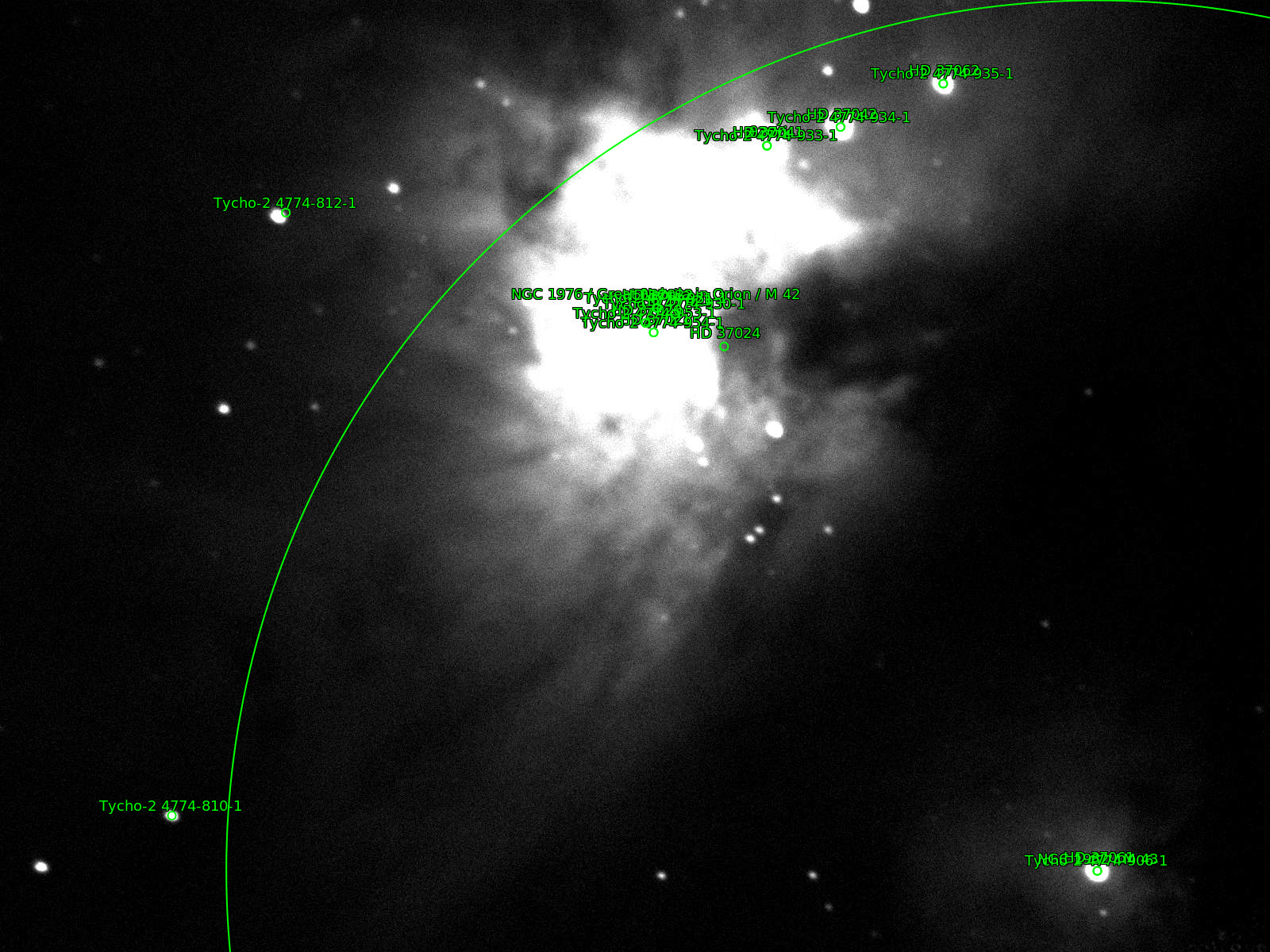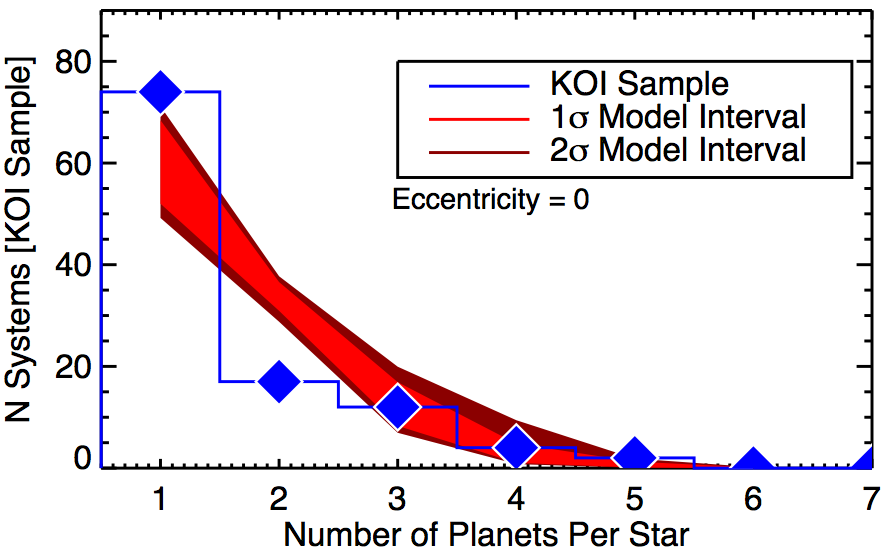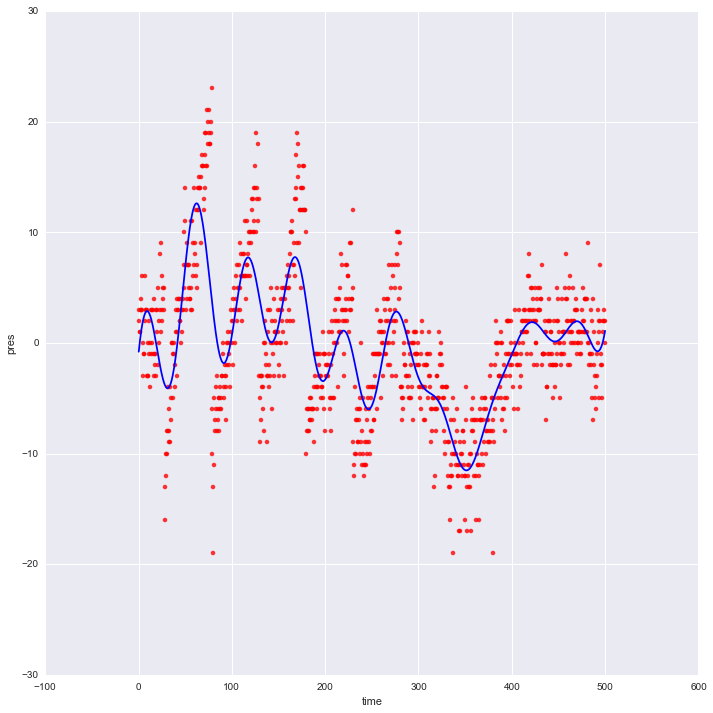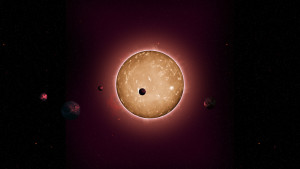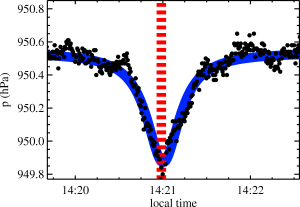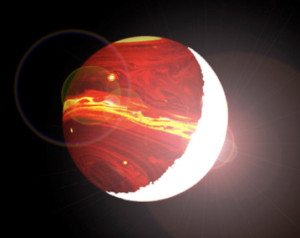We talked briefly about several things at Friday’s Journal Club. First, we discussed astrobites.org, a great blog that covers the interesting nitty-gritty of astronomy research. I pointed out that they are requesting submissions from undergrad researchers.
Second, we discussed the New Horizons mission’s request for suggestions for names of features on the surface of Pluto and its moons. After the mission flies by the system, there will be mounds of high resolution images, probably showing a variety of complex surface morphologies. And all that stuff is going to need names.
Third, Jacob presented a recent paper that extends the Titius-Bode relation to extrasolar systems and predict there are about 2 planets in habitable zones per star in our galaxy. A potentially fascinating result, but unfortunately, the T-B relation is probably just an interesting coincidence for our solar system — it has no theoretical basis, and so there’s no reason to believe it can be generalized to other planetary systems. Nevertheless, the article got a lot of press last week.
Finally, we talked about coding in astronomy, and I wanted to post this resource I just heard about, https://python4astronomers.github.io/. Looks to have a lot of helpful tutorials relevant to astronomy.
Friday’s attendees included Jennifer Briggs, Trent Garrett, Nathan Grigsby, Tanier Jaramillo, Emily Jensen, Liz Kandziolka, and Jacob Sabin.
